detail profile yoshiko hirose
Peran Yang Di Mainkan Yoshiko Hirose
 A family comprised of a man...
A family comprised of a man...White Fish 1953
A family comprised of a man, woman and their only son is torn apart when the father, who is a doctor with his own clinic, is to go off to war. Soon the wife and the son are left without an update of his status and whether he is alive or not. With the clinic lying dormant the doctor's wife rents the premises to her husband's underling. This is a man who does not accept payment from the poor. The woman, in the meantime, works at a restaurant whose owner being ill has given her additional duties. Her younger sister is an unmarried finance writer who also lives with them. It is both sisters, however, who receive marriage proposals.
 A highborn woman named Okuni travels...
A highborn woman named Okuni travels...Okuni and Gohei 1952
A high-born woman named Okuni travels around the country with Gohei, a samurai retainer who is in service to her. They are in search of Tomonojo, who has killed the man who was Okuni’s husband and Gohei’s master, and they cannot return to their lord’s home until they have fulfilled their duty of hunting down and killing Tomonojo.
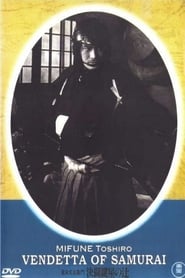 The famous showdown at Kagiya corner...
The famous showdown at Kagiya corner...Vendetta of a Samurai 1952
The famous showdown at Kagiya corner has been told many times, but never before with the realism and intensity of this version scripted by Kurosawa Akira and starring Mifune Toshiro as the famed swordsman who must face his best friend as they are forced to take opposite sides in a vendetta caused by the murder of a family member. Told mostly in flashback as the avengers await the arrival of their quarry, this film displays true heroism in the face of fear as most of the combatants, while of the samurai class are not skilled swordsmen. They contrast sharply with the true warriors involved in this battle. Araki Mataemon (Mifune), who was not only a direct student of Yagyu Munenori, but the founder of his own sword style under the Yagyu name is a powerful force ready to assist his brother-in-law against the murderer's allies that include not only another noted sword teacher, but the deadly spear of Katsumi no Hanbei.
 The Blue Pearl depicts the interplay...
The Blue Pearl depicts the interplay...The Blue Pearl 1951
The Blue Pearl depicts the interplay between a young man from Tokyo and two ama (pearl divers; literally “women of the sea”) in a superstitious coastal town. Though raised within the same tradition-bound crucible, the two women – Noe and Riu – are portrayed as diametric opposites; the former meek but affectionate, the latter strong-willed but jaded by a tryst with metropolitan life.

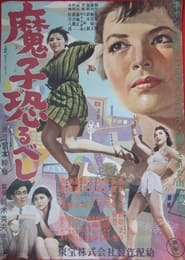
 Story about a poor Japanese woman...
Story about a poor Japanese woman...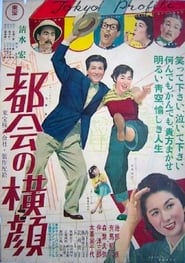 A motley cast of characters including...
A motley cast of characters including...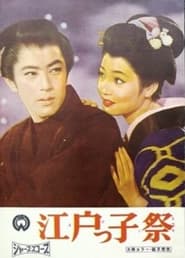 Period film about a feudal era...
Period film about a feudal era... A married couple looking for an...
A married couple looking for an...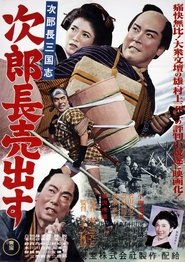 The rise of the famed gambler
The rise of the famed gambler The troubled relationship between a writer...
The troubled relationship between a writer...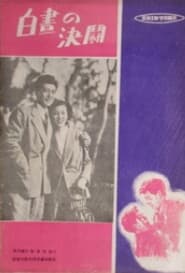 A film by Kiyoshi Saeki
A film by Kiyoshi Saeki